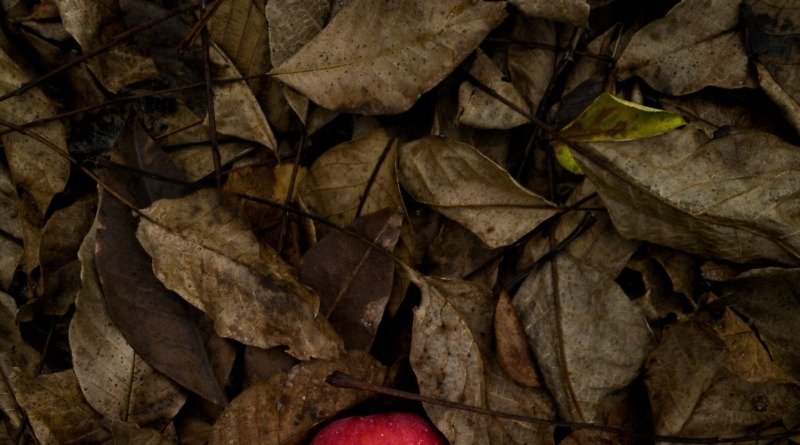Wildlife habitat restoration: Forex Trading for Conservation
As the world continues to grapple with the effects of climate change, wildlife habitat restoration forex is becoming increasingly important for preserving the world’s wildlife. By restoring habitats lost due to climate change, overexploitation of resources, and human-caused environmental degradation, organizations are helping to conserve endangered species and restore natural balance. This article takes an in-depth look at wildlife habitat restoration forex and how it is helping protect and preserve endangered animal populations and their ecosystems.
What is Wildlife Habitat Restoration Review?
Wildlife habitat restoration review (WHRR) is a systematic assessment of the environmental impacts of natural habitats and their use by different species. It is used by governments and conservation organisations to identify areas where habitats can be improved, and identify programmes that are most likely to be successful in restoring the population of a particular species in an area. WHRR usually includes a detailed analysis of the natural environment, and the status of wildlife populations in each area that it studies. It can provide important evidence for assessing risks, designating protected areas, and justifying conservation initiatives.
The Benefits of WHRR
WHRR can provide valuable insights for conservation efforts, by providing an holistic view of habitats and their use by a range of species. It can be used to identify regions where resources should be invested in conservation efforts, and which populations or species are most in need of protection. By providing detailed, accurate data on a species-specific or habitat-specific level, it can also inform management decisions related to forestry, agriculture, grazing, and other activities occurring in and near habitats.
Carrying Out a WHRR
A wildlife habitat restoration review can involve a range of activities, depending on the scale of the project. A WHRR typically includes a review of the existing use of land, identifying areas that could be managed to improve habitat conditions, and deciding which actions would be most effective. This will involve collection and analysis of data on a range of variables, such as land cover/use, soil type, water sources, and vegetation. There should also be a review of existing laws and practices that could be amended to promote better natural habitats and the flourishing of wildlife populations. Finally, a WHRR might involve input from stakeholders, such as landowners, landowners’ associations, and local governments.
Although WHRR can be carried out at both a regional and a local level, some organisations might opt to have WHRR-specific teams. These can be focused on specific species or a particular habitat, and should include ecologists and other experts that are able to assess the condition of an area, and identify the species and problems that are most in need of support and attention. The resulting data can be used to design and implement programmes to improve habitats and wildlife populations, which can also target the root causes of population decline.
